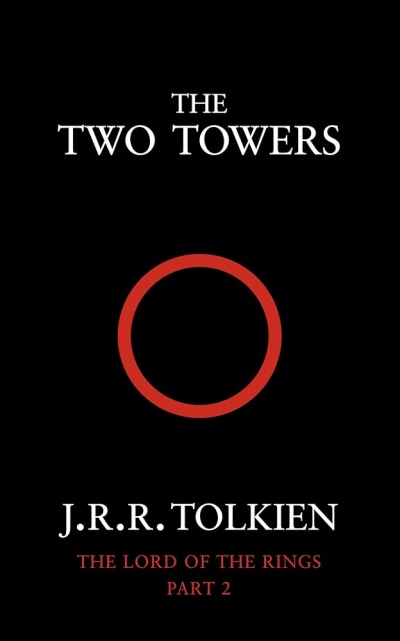Lord of the Rings Books in Order
This reading order guide provides the complete list of the Lord of the Rings books in order, and is always kept updated so you won’t miss anything! It includes both publication and chronological order.
About J.R.R. Tolkien and the Lord of the Rings
J.R.R. Tolkien (John Ronald Reuel Tolkien) was an English writer, philologist, and university professor, born on January 3, 1892, in Bloemfontein, South Africa. He is best known for his high fantasy works, particularly “The Hobbit” and “The Lord of the Rings” trilogy.
“The Hobbit,” published in 1937, is a children’s fantasy novel that follows the journey of Bilbo Baggins, a hobbit, as he helps a group of dwarves reclaim their homeland from the dragon Smaug. It serves as a prelude to Tolkien’s more extensive and complex work, “The Lord of the Rings.”
“The Lord of the Rings” is a trilogy consisting of three books: “The Fellowship of the Ring” (1954), “The Two Towers” (1954), and “The Return of the King” (1955). The story is set in the fictional world of Middle-earth and revolves around the One Ring, a powerful and malevolent ring created by the Dark Lord Sauron. The protagonist, Frodo Baggins, along with a diverse group of characters known as the Fellowship of the Ring, embarks on a perilous journey to Mount Doom to destroy the Ring and defeat Sauron.
Tolkien’s works are highly regarded for their depth of world-building, rich mythology, and intricate languages. He was a philologist and a professor of Anglo-Saxon at the University of Oxford, and these academic interests heavily influenced the linguistic and cultural aspects of Middle-earth.
“The Lord of the Rings” has become a classic of modern literature and has had a significant impact on the fantasy genre. It has been adapted into various forms of media, including film, with director Peter Jackson’s acclaimed film trilogy released in the early 2000s.
Tolkien’s contributions to literature and fantasy have left a lasting legacy, and his works continue to captivate readers and inspire new generations of writers. He passed away on September 2, 1973, but his influence on the fantasy genre endures.
How many the Lord of the Rings books are there in the series?
Tolkien’s primary Middle-earth saga comprises four books: The Hobbit and the three volumes of The Lord of the Rings: Fellowship of the Ring, Two Towers, and Return of the King. However, it should be noted that Tolkien authored additional works set in Middle-earth, some of which he did not publish during his lifetime. These unpublished writings were later edited and released by his son, Christopher, and we’ve included them as well on the list below.








